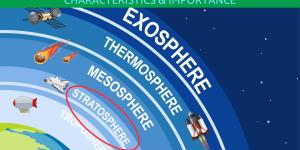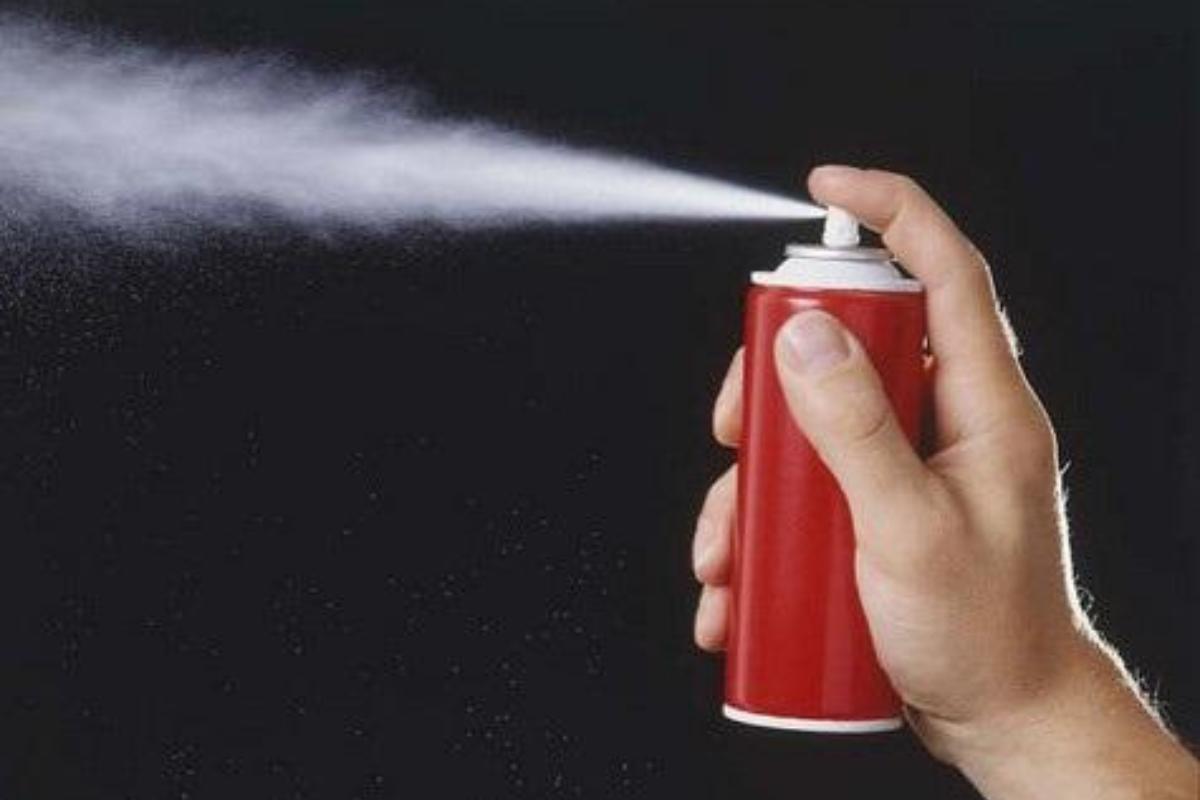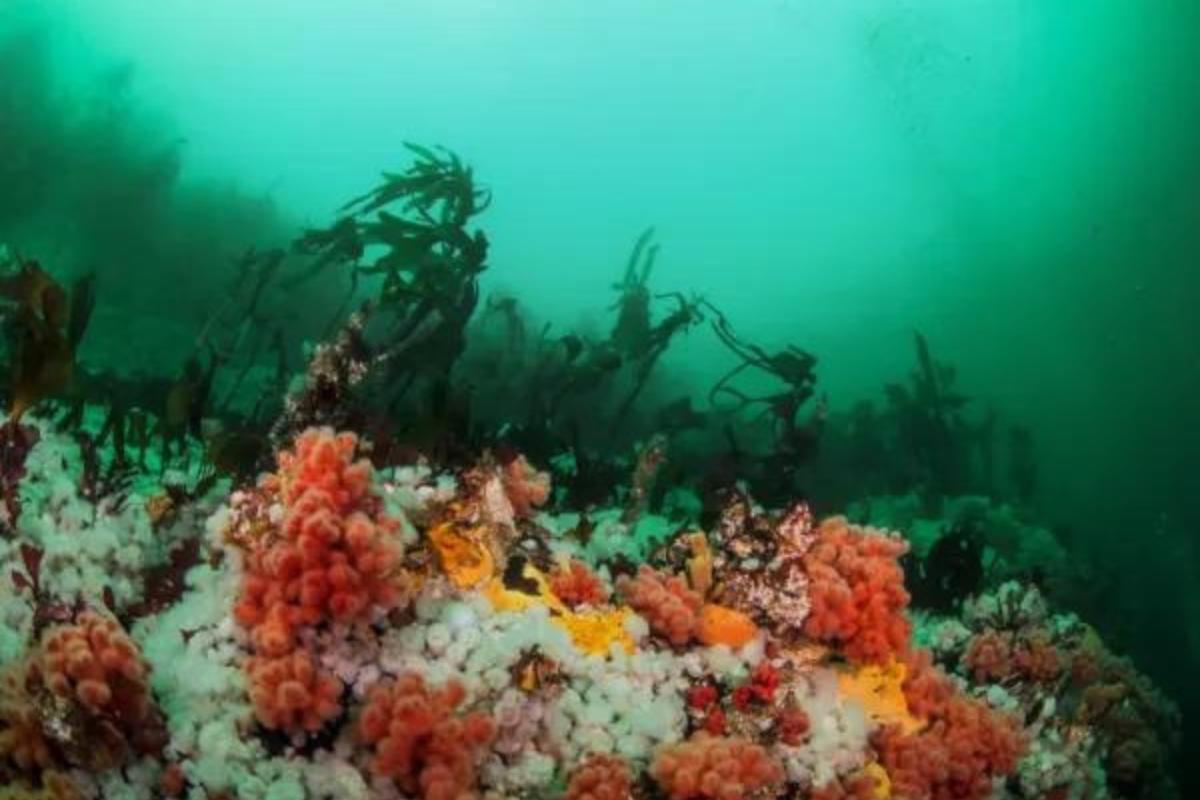How Can We Fix the Ozone Layer?


High above us lies a vital yet invisible shield: the ozone layer. This region of the stratosphere (upper atmosphere) is enriched with ozone (O3) molecules, which play a critical role in protecting life on Earth. Let's delve into the science behind this protective layer. Without the ozone layer, life on Earth would face a brutal barrage of UV radiation. Skin cancer rates would soar, ecosystems would be disrupted at the base (phytoplankton), and food chains would crumble.
The article by The Daily ECO delves into the ozone layer, discussing its nature, methods for safeguarding it, and the possible repercussions of its depletion.
What is the ozone layer?
The ozone layer is composed of ozone molecules, a special form of oxygen with three atoms instead of the usual two (O2). These ozone molecules act as a shield, absorbing harmful ultraviolet (UV) radiation from the sun.
While ozone (O₃) molecules are present throughout the atmosphere, the ozone layer boasts a significantly higher concentration compared to other areas. However, it's important to note that ozone remains a trace gas even within the ozone layer, making up less than 10 parts per million (ppm). For comparison, the average ozone concentration across the entire atmosphere is a mere 0.3 ppm.
Located in the lower stratosphere, the ozone layer typically ranges from 15 to 35 kilometers (9 to 22 miles) above Earth's surface. It's worth noting that the thickness of this layer can vary depending on the season and geographic location.
The ozone layer shields us from 97-99% of the sun's harmful medium-frequency ultraviolet radiation (around 200-315 nm wavelength). UV radiation, particularly UVB rays, can damage DNA, causing sunburn, skin cancer, and cataracts in humans. Excessive UVB radiation can also harm ecosystems. It can disrupt the growth and development of plants and phytoplankton, tiny marine plants that form the base of the ocean food web.
Unfortunately, the ozone layer hasn't been immune to human influence. Certain man-made chemicals, known as ozone-depleting substances (ODS), have contributed to a process called ozone depletion, which will be discussed next.
How are humans destroying the ozone layer?
The main culprit behind ozone depletion is the release of certain chemicals, particularly chlorofluorocarbons (CFCs) and bromofluorocarbons, used in refrigerants, aerosols, and industrial processes.
While ODS don't directly destroy ozone, they trigger a series of chemical reactions in the atmosphere. When exposed to sunlight (photolysis), these substances break down into intermediate molecules like chlorine nitrate or hydrogen chloride. These intermediates then decompose, releasing chlorine atoms and chlorine monoxide molecules. These chlorine-based molecules act as catalysts, accelerating the breakdown of ozone molecules.
Fortunately, the international community has taken action. The Montreal Protocol, a landmark environmental treaty, has successfully phased out the production and use of most ozone-depleting substances (ODS) since 1987. This has led to a slowdown in ozone depletion, with signs of recovery expected by mid-century.
While encouraging, the challenge isn't over. Residual ODS remains in the atmosphere, and new substitutes like hydrochlorofluorocarbons (HCFCs) require careful monitoring. The development and adoption of environmentally friendly alternatives like hydrofluorocarbons (HFCs) offer hope for long-term ozone layer protection.
What happens when the ozone layer collapses?
Reduced ozone protection allows more UV radiation to reach Earth's surface, leading to a variety of detrimental effects, such as:
- Skin cancer would be the most significant and immediate consequence. Unfiltered UV radiation would dramatically increase the risk of melanoma and other skin cancers.
- Exposure to increased UV radiation could lead to cataracts, a clouding of the lens that can impair vision.
- UV radiation can suppress the immune system, making people more susceptible to infections and diseases.
- Plant life is also affected by ozone depletion. Reduced ozone can inhibit photosynthesis, the process by which plants convert sunlight into energy for growth. This can have cascading effects on ecosystems that rely on plants for food and oxygen.
- Marine ecosystems are particularly vulnerable. Phytoplankton, tiny marine plants that form the base of the ocean food chain similar to how grass feeds animals on land, are highly sensitive to UV radiation. Depletion of the ozone layer disrupts their growth, impacting the entire food web.
- Both the damage to plants and the disruption of marine ecosystems would have a ripple effect, impacting food chains across the globe.
- Increased UV radiation could accelerate the breakdown of certain materials like plastics, leading to faster wear and tear.
For a deeper understanding of how Earth's atmosphere supports life, consider reading this other article.

The good news is that the ozone layer is showing signs of recovery thanks to international efforts to reduce ozone-depleting substances (ODS). However, there are still ways we can contribute to this ongoing success:
- Opt for alternative propellants in spray products to avoid ozone-depleting chlorofluorocarbons (CFCs).
- Choose fire extinguishers that don't contain the ozone-damaging substance Halon. Explore alternative fire suppression methods when possible.
- Insulate your home with environmentally friendly materials like dark agglomerated cork. This provides effective insulation without harming the ozone layer.
- Regularly service and maintain air conditioners to prevent leaks of ozone-depleting refrigerants. Promptly repair leaks in refrigerators and other appliances to prevent further damage.
- Look for labels indicating "CFC-free" or "ozone-friendly" when buying new appliances or products.
- Minimize car usage by walking, biking, carpooling, or using public transport. This helps reduce ozone-depleting vehicle emissions.
- When driving is necessary, plan efficient routes to minimize mileage and fuel consumption.
- Use energy-intensive appliances like air conditioners and heaters sparingly. Invest in energy-efficient models and explore alternative cooling or heating methods. Lower energy use reduces production of ozone-depleting substances linked to electricity generation.
- Consider reporting the use of methyl bromide, a harmful agricultural fumigant, to encourage safer alternatives.
- Give pre-owned appliances and furniture a new life. This reduces demand for new products potentially containing ozone-depleting materials.
- Opt for natural alternatives to pesticides and herbicides that may contribute to air pollution.
- Minimize waste generation and prioritize recycling and responsible disposal of products. This reduces the overall environmental impact associated with manufacturing and disposal processes.
Protecting the ozone layer is crucial for healthy ecosystems. Dive deeper into how in this follow-up article.

If you want to read similar articles to How Can We Fix the Ozone Layer?, we recommend you visit our Ozone layer category.







